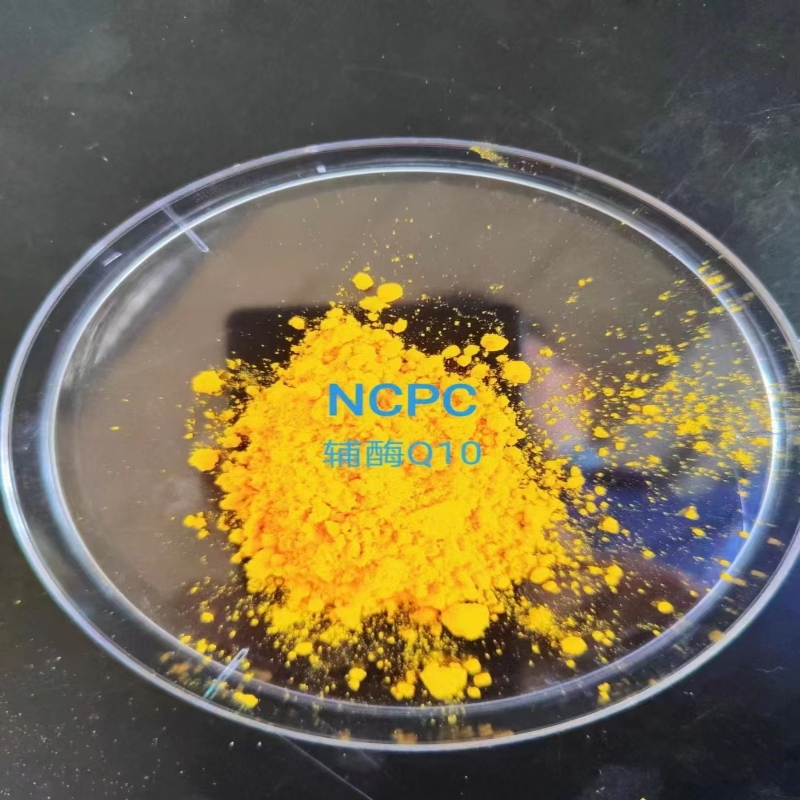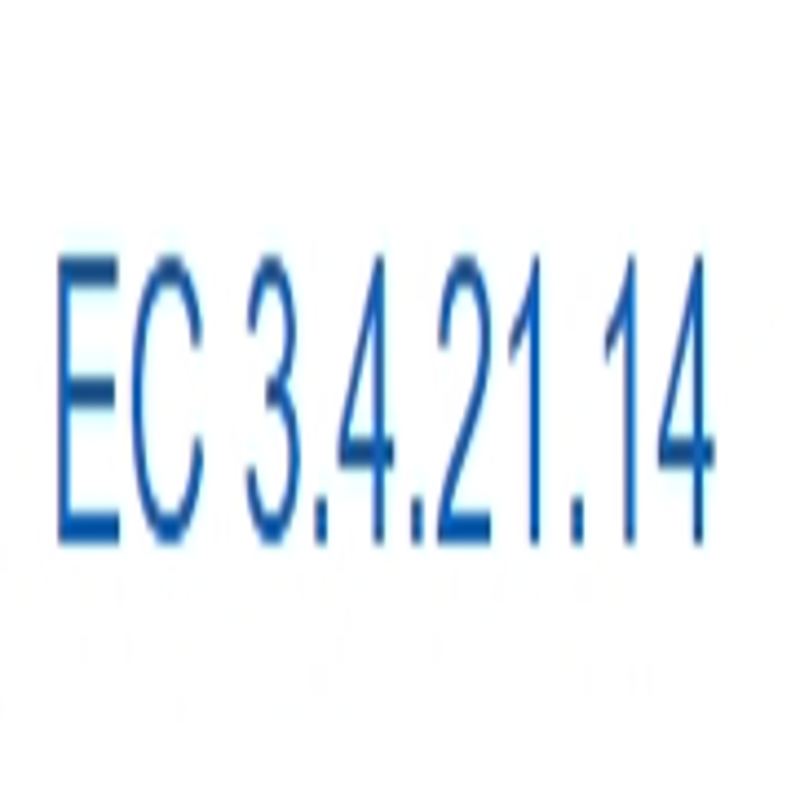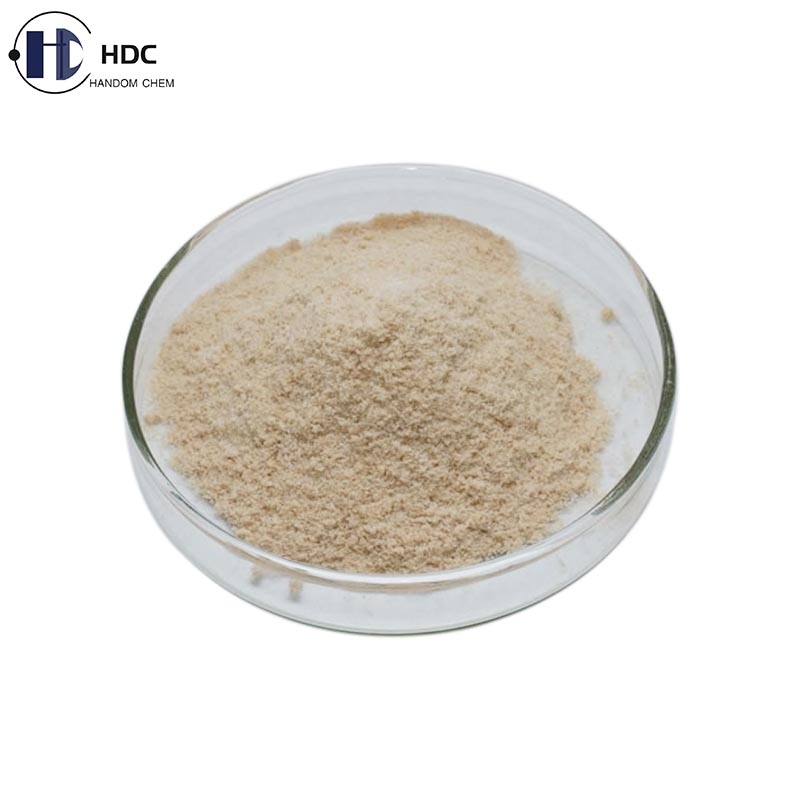The freezing action of enzyme makes scientists put forward a new view of cancer treatment!
-
Last Update: 2017-07-04
-
Source: Internet
-
Author: User
Search more information of high quality chemicals, good prices and reliable suppliers, visit
www.echemi.com
After millions of years of development, cells have developed countless ways to regulate the process of making them flourish Particularly useful tools have been preserved, or "preserved," so today we can find them in a wide range of life forms, from primitive to the most complex The research published by structural biologists of Cold Spring Harbor Laboratory (CSHL) on July 3, 2017 reveals the operation of such a conservative mechanism, which is of great significance for the development of new cancer drugs Led by Professor CSHL and researcher leemor Joshua tor of the Howard Hughes Institute of medicine, the team used X-ray crystallography to capture the freezing of an enzyme called tutases The resolution of individual atoms shows that they interact with other molecules to regulate the activity of important small RNA molecules called let-7 Let-7, a microRNA, is a regulator of important genes for development When expressed in humans, it is part of the process by which our stem cells differentiate into a variety of special cell types that fill our organs Let-7 needs to be stopped while stem cells maintain their "dryness" - their ability to produce to more stem cells indefinitely Let-7 is of particular interest because its inactivation in cancer cells is thought by some to confer stem cell like properties on these cells that can proliferate indefinitely This focuses on understanding whether the mechanism regulating let-7 is active or inactive The team's images show that tut4 and tut7 - two tutase enzymes behave differently in both cases In a differentiated cell, tutase corrects a small genetic induction defect in many let-7 precursor sequences, enabling the production of mature let-7 microRNAs These defects can be improved when tutase adds a single uridine ("U") molecule to the sequence of let-7 precursor When the stem cells were preserved by injection, one of the tutase added 30 uridine instead of one to let-7 precursor, marking it as destroyed by another enzyme in this way "We have been able to capture tutases in these two different ways," said Joshua Thom Joshua tor explained that tutases is a promising target for new cancer treatment For example, in renal cancer and lung cancer cells with let-7 levels far below normal, tutase, which involves labeling let-7 for destruction, may be inhibited There are extremely high-resolution images of how they act in molecular dance and should contribute to this effort "Natural structure and molecular biology" released "tut4 and tut7 multi domain utilization in let-7 biogenesis control" on July 3, 2017 (BIOON Com)
This article is an English version of an article which is originally in the Chinese language on echemi.com and is provided for information purposes only.
This website makes no representation or warranty of any kind, either expressed or implied, as to the accuracy, completeness ownership or reliability of
the article or any translations thereof. If you have any concerns or complaints relating to the article, please send an email, providing a detailed
description of the concern or complaint, to
service@echemi.com. A staff member will contact you within 5 working days. Once verified, infringing content
will be removed immediately.







